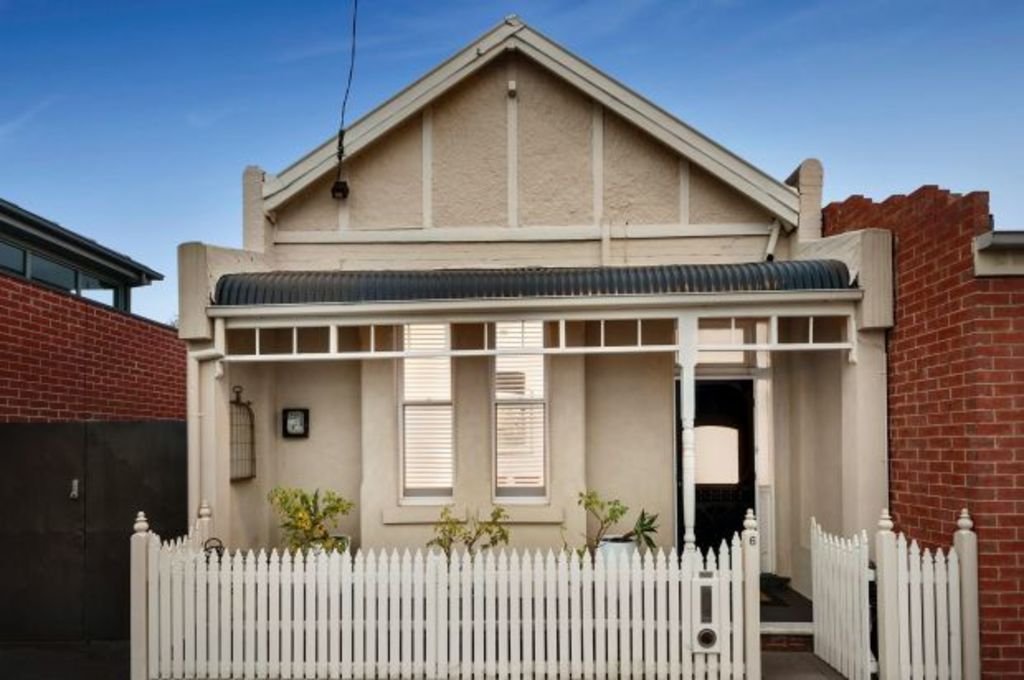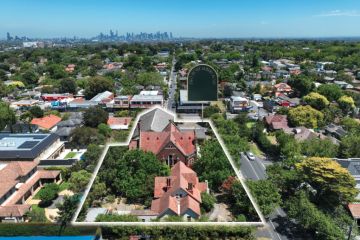Why our dream homes might not make us happy in the long run

Your home is probably the most expensive thing you’ll ever purchase, but what if you made a mistake about what sort of property would make you happy?
Professor Michael Norton from Harvard Business School, co-author of Happy Money: The New Science of Smarter Spending, says when choosing a home, many of us unwisely prioritise physical aspects.
“It can be wiser to spend time and money finding a community rather than a third bathroom,” he says.
Research from Harvard University shows that when college students were randomly assigned to dorm rooms, most believed they would be happier in a bigger, more beautiful house.
However, the degree of social connection in the accommodation they landed had the biggest impact on their happiness, not its physical qualities.
According to Sam Robinson, who runs the annual Neighbour Day campaign, the importance of community cannot be overstated.
“I don’t think any of us properly appreciate how important a social network is to our wellbeing,” says Robinson. “It does take time to get to know people, to form strong relationships. If you’ve got a great support network of course you’d want to try to stick with that if you could.”
But what exactly should home buyers be looking for?
A good way to start is by assessing whether the home is on a “friendly” street, and not just the best-looking property you can afford. Is there a front patio or yard to have a sundowner in, somewhere to potter around, wave to neighbours? Is it possible to chat over the fence? Does the area have appealing walking paths, cafes and parks nearby? Is the street quiet enough for kids to play out front?
- Related: Can a blanket really improve your health?
- Related: Protect your home from this winter problem
- Related: How to stop the spread of germs this winter
However, even in homes that foster friendly interactions, it’s up to us to take the opportunities to say hello. Robinson says, “Over the last couple of years I’ve made a real effort and it’s changed my life and the community I live in.”
One great reason to move to a new neighbourhood is proximity to work. Research from Medibank shows a longer commute means more weight gain, stress and flu. Of those Australians travelling less than five kilometres to work, around one in four are stressed, and one in five catch the flu. For commuters travelling further, between 11km and 20km, the odds of being stressed increase to one in three, and of having the flu to one in four. The average commute? It’s now 16.5 kilometres, according to the Australian Bureau of Statistics.
Whether these health effects are due to prolonged sitting, traffic dramas or overcrowding, they make a compelling argument to sacrifice a bigger house for a more central location.
When it comes to what we put inside the house, research again advises us that pretty purchases provide only an initial rush. Professor Norton says, “If we buy nicer furniture, we like the furniture more, but it doesn’t seem to pay off in greater happiness.”
But homewares that strengthen relationships might generate a longer-lasting high. Having an outdoor setting could stimulate more frequent dinner parties. A sofa bed with a table lamp allows family and friends to come and stay.
Other smart investments are homewares you treat as “things to do”, not “things to own”, and those that improve how you spend time. Buy books you’ll delight in reading, not just displaying. Choose a robust couch the kids can play on, not the pristine white one. Or even better, get a robotic vacuum cleaner to spend less time cleaning and more time doing the things you love.
We recommend
We thought you might like
States
Capital Cities
Capital Cities - Rentals
Popular Areas
Allhomes
More







